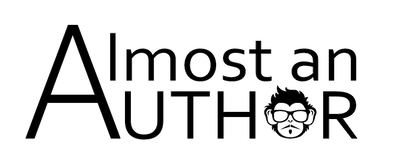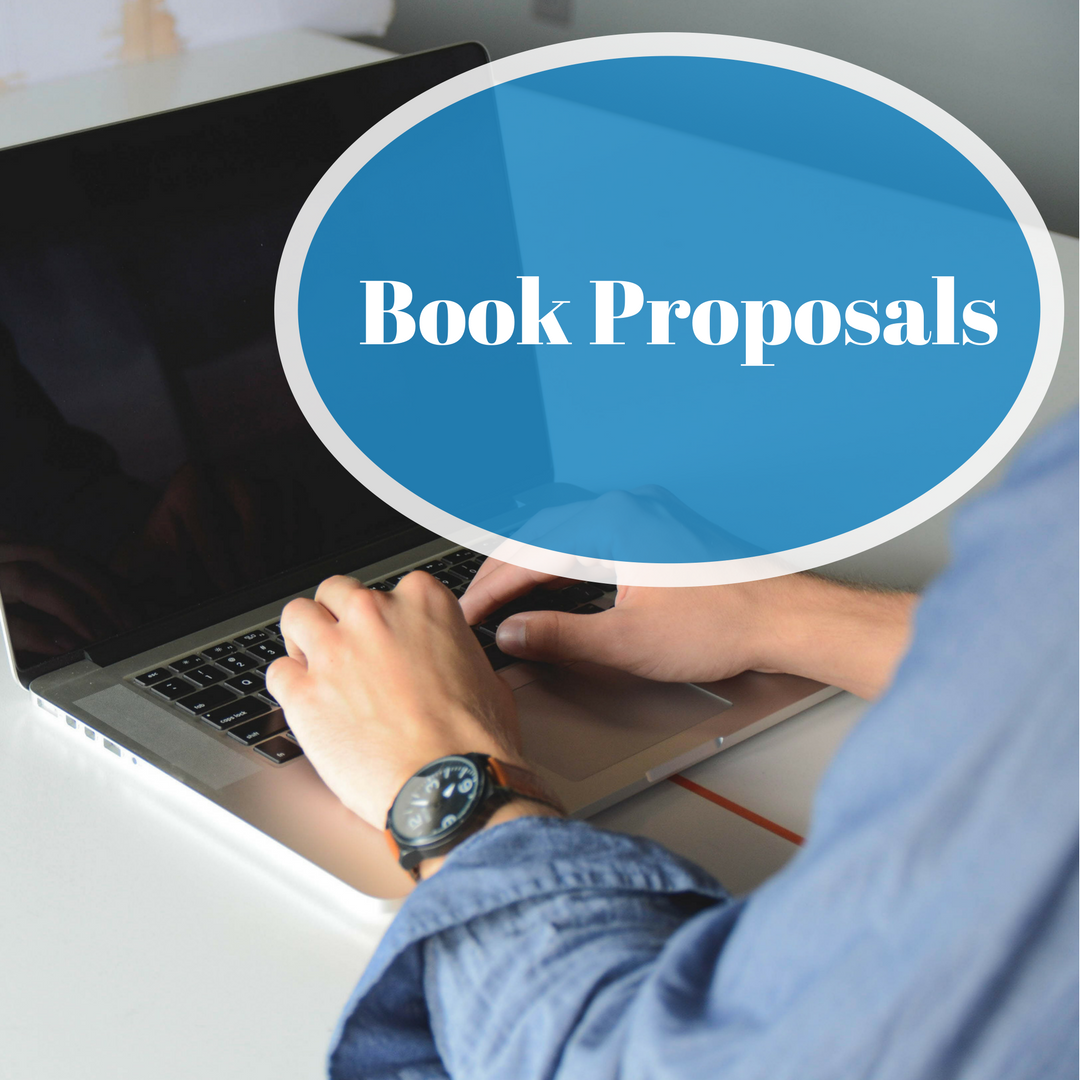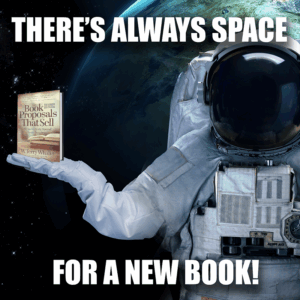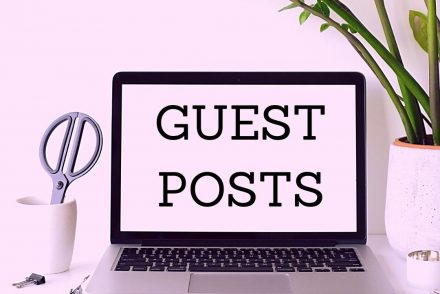Many times, through attending conferences, I’ve met a new editor, hit it off personally, and then collected a book contract or a magazine assignment—sometimes even several contracts or assignments. The roots of that relationship began through talking casually during a conference setting.
My first published book was born as a concept during a writers’ conference.
A particular children’s editor knew that I wrote and edited magazine articles for a missionary publication. Because I had gotten to know this editor, she also knew that I wrote for a variety of magazines and was beginning to establish a reputation as a writer who could deliver the right idea for the right assignment.
Walking together after a meal, this editor stopped me and said, “Terry, our mission statement as a company says that we teach children about missions. Yet of the many books we publish, we don’t have a single book that tells children about missions. Do you have some children’s book ideas in this area?”
Before I tell you my response, let me point out that this editor had a specific need for a specific type of book. Rather than sit back and wait for this book to “magically” appear in her group of manuscripts, she proactively approached someone about the idea. As an acquisitions editor, I am constantly meeting new people and taking the same steps. Often I will proactively approach an author that I know is working in a particular topic area, rather than sit passively and wait for the manuscript to come to me.
I thought about the editor’s question for a moment before I offered some book ideas.
At the time I was reading and reviewing children’s books for a number of publications. I understood and knew what was being done in this area (another key to finding a good idea is to understand the competition). I read a series of books from Lion by Steve Lawhead called Howard books: Howard Had a Hot Air Balloon, Howard Had a Space Ship, etc. These books tapped into the child’s imagination by using a cartoon character to represent Howard and then combining the character with real pictures from a balloon or space.
“What if we used a cartoon character to represent the child reading the book and combined it with real pictures to show them that they can go anywhere for Jesus?” I asked
We talked a bit more and she said, “That’s a good idea. Write that up and send it to me.”
Did you catch that sentence? She liked my idea and wanted to see it written on paper after the conference. It was an open invitation to send in my work and have it fill an editor’s need. As a magazine editor and an acquisitions editor for the book division, I’ve been shocked at how many times no one picks up on this invitation and encouragement to submit specific material. The editor’s world is extremely busy and if you get this type of encouragement, pick up on it and follow through.
In the case of this book editor’s invitation, I followed up and then submitted my manuscript for her consideration. My first version wasn’t exactly on target but over a few months, I received specific feedback about my submission which I revised accordingly and resubmitted it. About four or five months later, I attended a convention and met with the editor, and she presented my first book contract. It wasn’t a huge advance or the most generous royalty terms, but this little children’s story launched my book writing career.
Just remember the key to this situation is building that relationship with the editor.
Understand that editors are real people with families, and they experience the same daily struggles you’re going through. Care enough to express appreciation and build these relationships. Many of my fellow writers wonder how it happens that I’ve been involved in so many book writing projects. It’s not lightning or rocket science. It’s simply that I know many people and I’m always building and maintaining my editor relationships. I keep detailed track of information about people such as their birthdays and anniversaries, the names of their spouses and children. Then right before I talk with them, I review the information so I have it fresh in my mind before I talk with them. When I ask a family question to an editor, it acknowledges that they are a “real” person with a life and concerns. This specific question builds my relationship with this particular editor.
The editors in publishing move around and change companies, but they take their relationships with them. They are your friends, and they hold the keys to your book publishing contracts. One of the best tools to consistently use to maintain and start relationships with editors is LinkedIn, which is a social network oriented toward business. If I have not connected with an editor in a long-time, often I can reconnect with them through LinkedIn. For many years I ignored LinkedIn but now understand the business value and use it often. It’s something I recommend you use as well with a complete profile and consistently working to build connections with editors, agents, and others in the publishing community.

W. Terry Whalin, a writer and acquisitions editor lives in California. A former magazine editor and former literary agent, Terry is an acquisitions editor at Morgan James Publishing. He has written more than 60 nonfiction books including Jumpstart Your Publishing Dreams and Billy Graham. To help writers catch the attention of editors and agents, Terry wrote his bestselling Book Proposals That $ell, 21 Secrets To Speed Your Success. Get a free copy of his proposal book (follow the link). Check out his free Ebook, Platform Building Ideas for Every Author. His website is located at: www.terrywhalin.com. Connect with Terry on Twitter, Facebook, his blog and LinkedIn.






No Comments